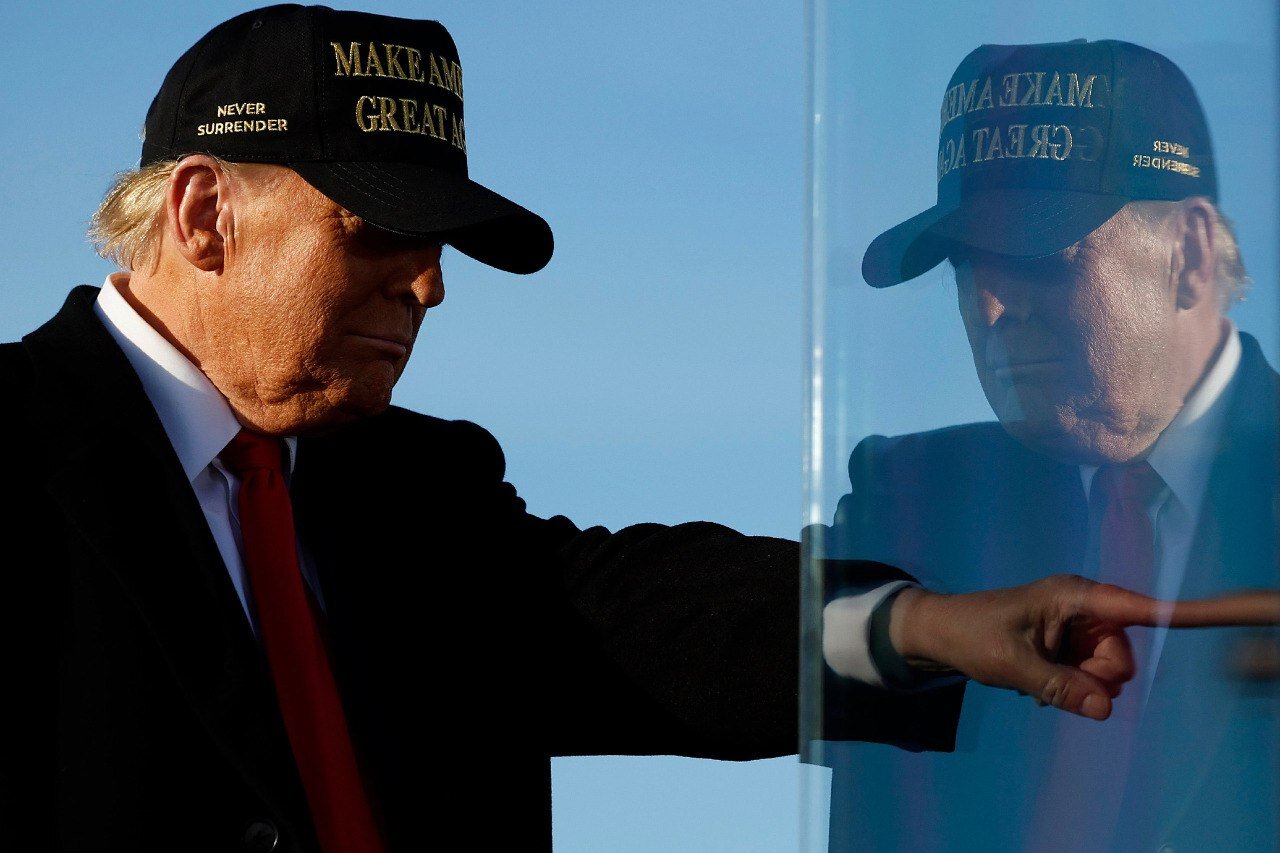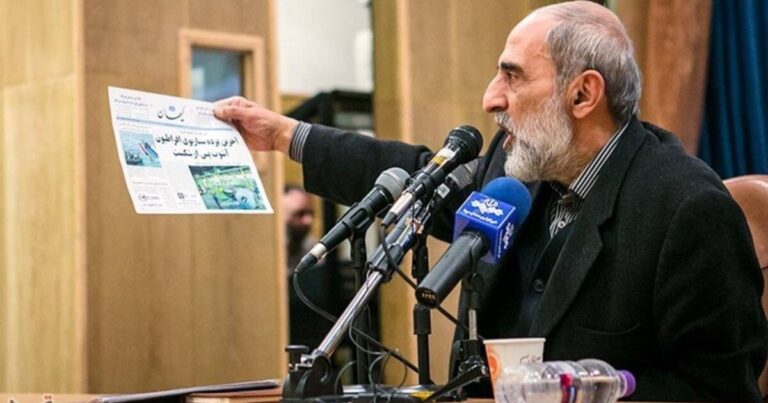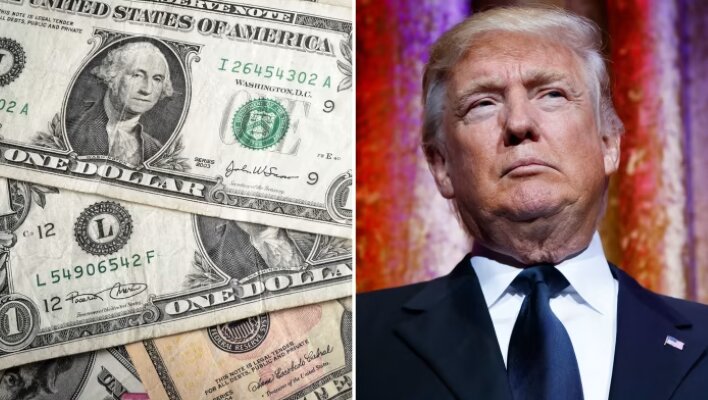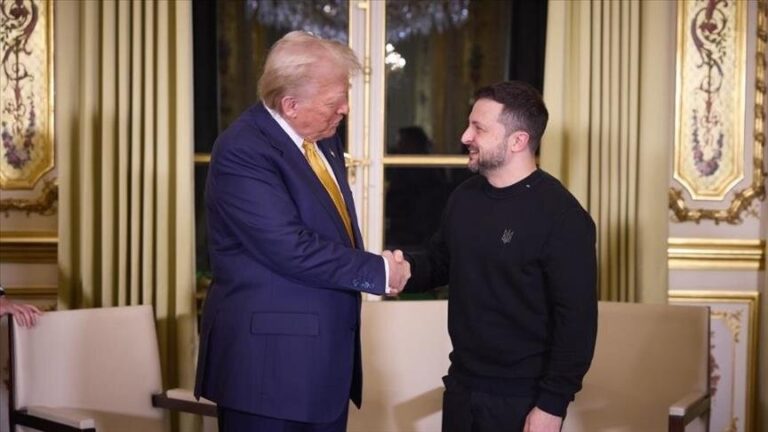Trump Sets Conditions for a Game-Changing Trade Deal with China
In a recent statement made aboard Air Force One, former President Trump discussed the significant trade deficit the United States faces with China, which he claims exceeds a staggering $1 trillion. This alarming figure has raised concerns regarding the economic implications of such an imbalance, making it a crucial topic for policymakers and economists alike.
Trump emphasized the importance of addressing this trade deficit during his conversation with reporters, highlighting that it is essential for any potential trade agreement with China. Here are some of the key takeaways from his remarks:
- Trade Deficit with China: Trump stated, “We have a $1 trillion trade deficit with China. Hundreds of billions of dollars a year we lose to China, and unless we solve that problem, I’m not going to make a deal.” This underscores his serious stance on the issue.
- Investment Commitments: He noted that due to the tariffs in place, the U.S. has seen an influx of $7 trillion in committed investments aimed at building automotive manufacturing plants, semiconductor companies, and various other businesses, indicating a positive shift in the economy.
- Global Trade Discussions: Trump revealed that he has been in talks with numerous leaders across Europe and Asia who are eager to negotiate trade deals. However, he made it clear that as long as trade deficits persist, he is unwilling to finalize any agreements.
- Deficit as a Loss: “A deficit is a loss,” he reiterated, emphasizing his goal for the U.S. to achieve trade surpluses or at least break even. He singled out China, stating, “China would be the worst in the group because the deficit is so big, and it’s not sustainable.”
- Commitment to Economic Strength: Trump expressed confidence that the U.S. will emerge as the most dominant economic power, stating, “I was elected on this,” emphasizing his commitment to addressing these economic challenges.
The former president engaged with reporters for approximately 16 minutes, answering a variety of questions regarding tariffs and their expected outcomes. Trump predicts that the tariffs will generate an additional $1 trillion in revenue by next year, which he believes will encourage companies to relocate to the United States, particularly in states like North Carolina, Detroit, and Illinois.
He stated, “What’s going to happen to the market? I can’t tell you. But I can tell you our country has gotten a lot stronger, and eventually it’ll be a country like no other.” His vision for the U.S. economy suggests a future where it stands as a beacon of economic dominance globally.
In addition to his remarks to reporters, Trump also took to Truth Social to further elaborate on his views regarding tariffs. He wrote, “We have massive Financial Deficits with China, the European Union, and many others. The only way this problem can be cured is with TARIFFS, which are now bringing Tens of Billions of Dollars into the USA.” This statement reinforces his belief in tariffs as a necessary tool for correcting trade imbalances.
According to Trump, “They are already in effect, and a beautiful thing to behold.” He criticized the current administration, claiming that the trade surplus with these countries has only worsened during President Biden’s tenure. He is confident in the reversal of this trend, asserting, “We are going to reverse it, and reverse it QUICKLY.” Trump’s rhetoric suggests a long-term strategy aimed at restoring economic balance.
As part of his broader tariff strategy, Trump implemented a 10% baseline tariff on all imported goods into the United States. Certain countries were subjected to even higher tariffs, particularly China, which had already faced a 20% tariff earlier in the year. Under Trump’s latest measures, China will now encounter a 34% reciprocal tariff in addition to the existing 10% baseline tariff imposed on all nations.
In conclusion, Trump’s emphasis on solving the trade deficit with China showcases his administration’s commitment to reshaping U.S. trade policies. By advocating for tariffs and increased domestic investments, he aims to foster a stronger economic foundation for the United States. As discussions around trade continue to evolve, the impact of these policies will likely remain a focal point in economic discourse.






